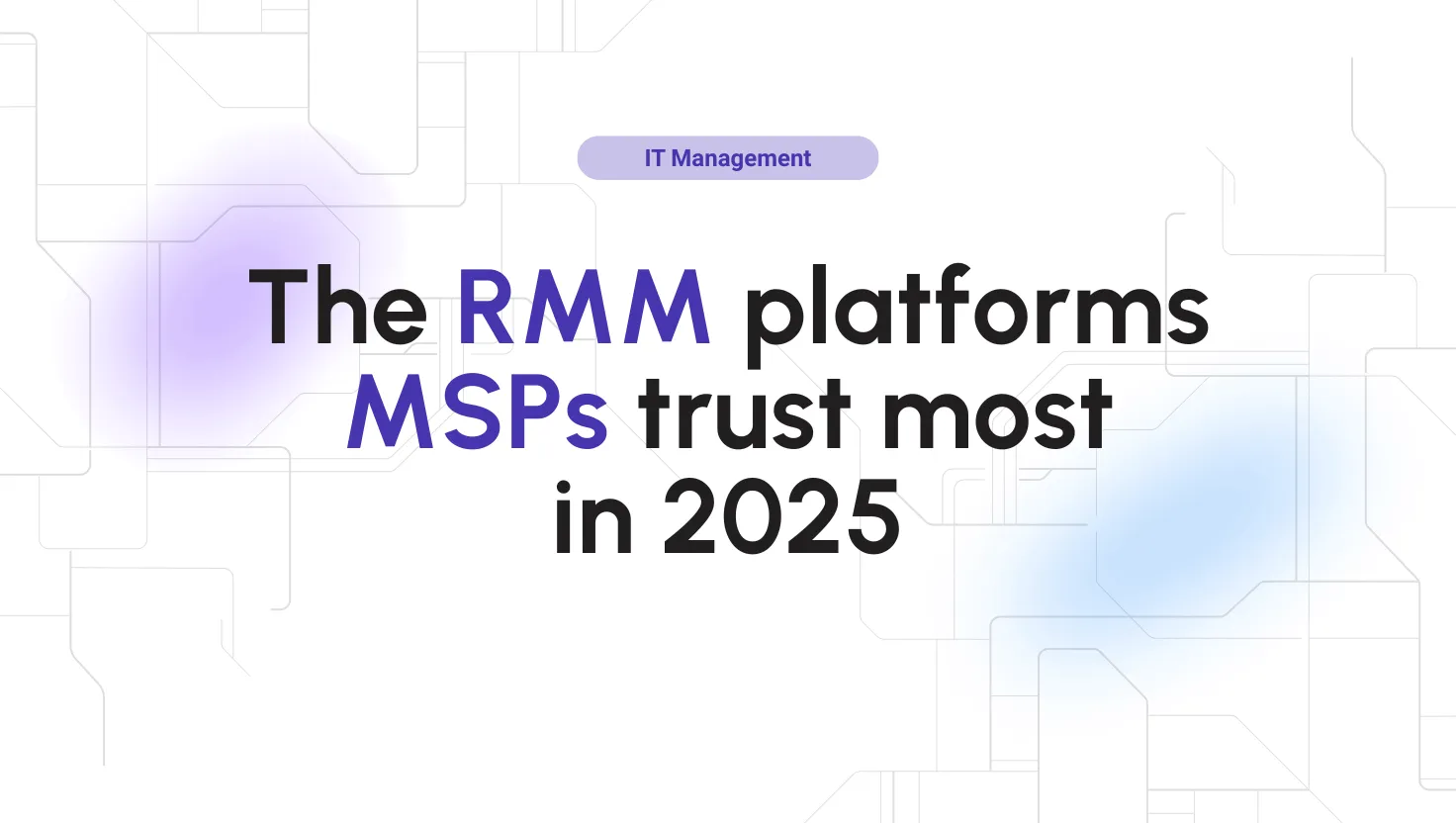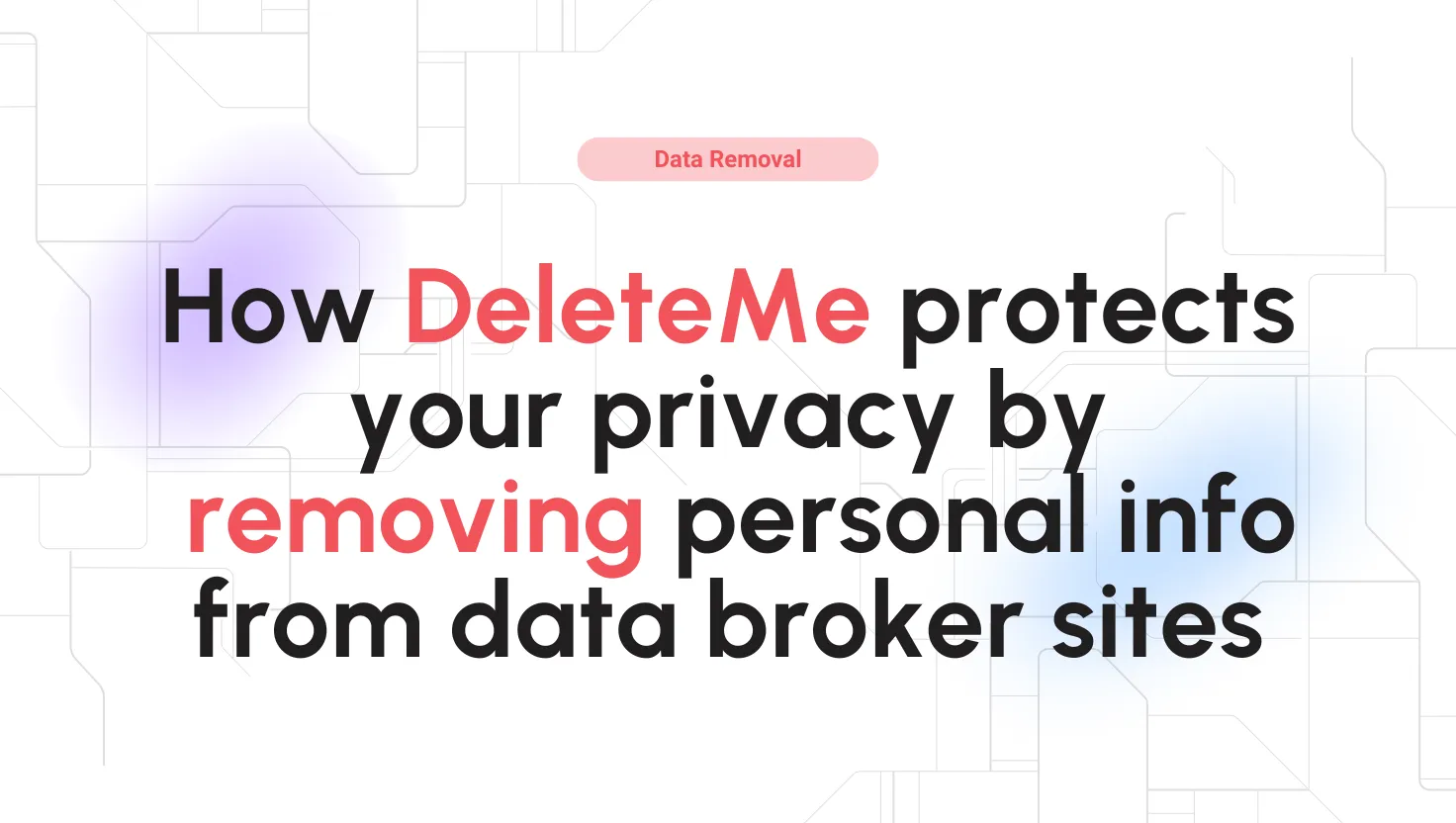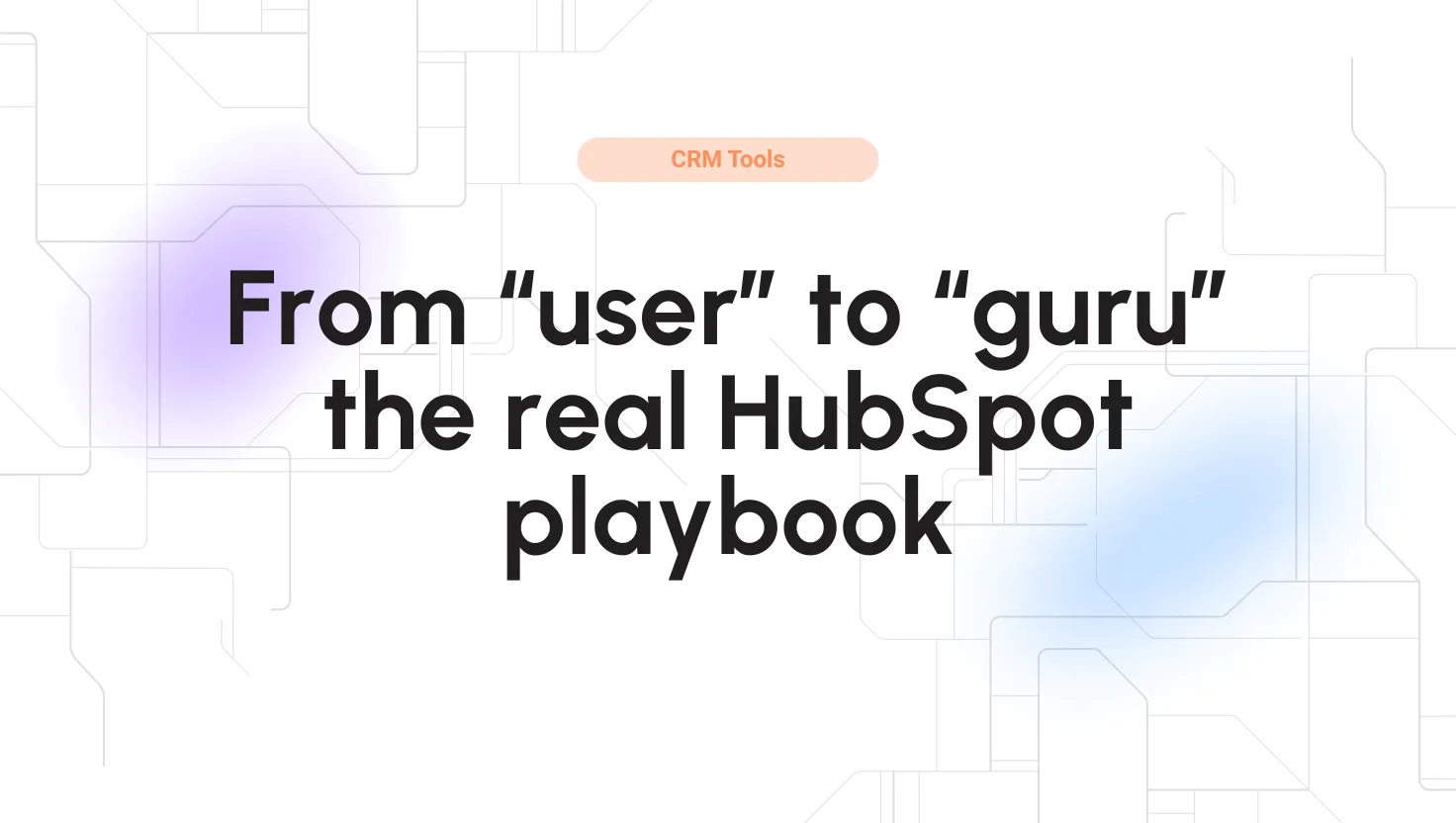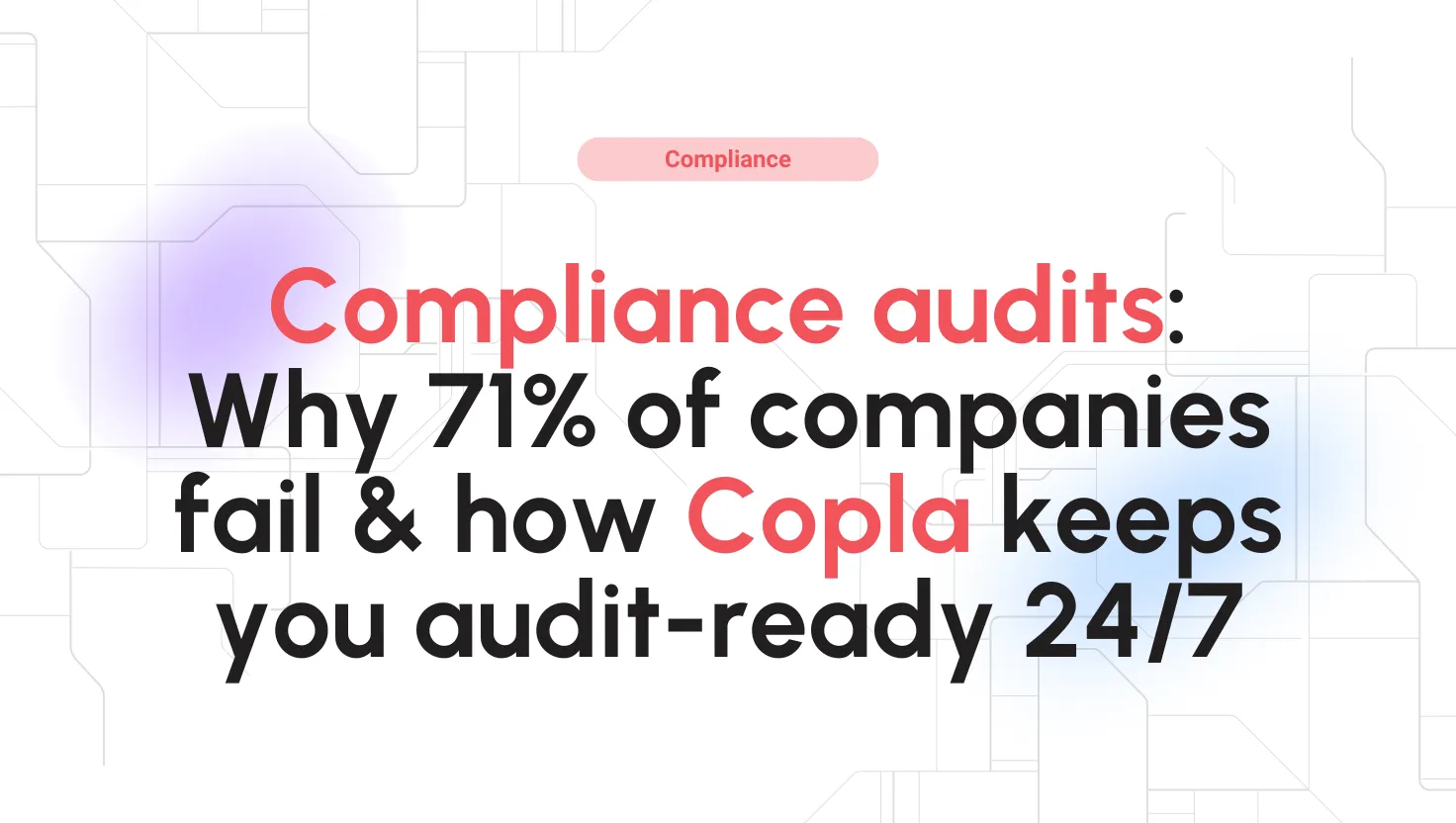
Dynatrace Pricing Reviews for 2025
Save 40% on your SaaS stack with expert guidance
Free Consultation
Dynatrace Pricing
When evaluating an observability and monitoring solution, understanding the pricing structure is crucial. Dynatrace is a market leader in full-stack observability, AI-driven monitoring, and cloud automation. However, its pricing can seem complex at first glance. In this guide, we will explore Dynatrace pricing, including its pricing model, Dynatrace cost per host, Dynatrace SaaS pricing, and cost allocation methods. We will also compare it with competitors like New Relic, providing insights into Dynatrace license cost and cloud cost management.
Let’s dive into the Dynatrace cost model and break down its pricing plans, included features, and overall value.
Dynatrace Plans
Full-Stack Monitoring
- Comprehensive APM & Observability: Covers APM, AIOps, Kubernetes, and Infrastructure Monitoring.
- Rapid Deployment: Scales to thousands of hosts in minutes.
- Automated Data Collection: Full-stack instrumentation for traces, code, metrics, logs, and deployments via OneAgent.
- OpenTelemetry Support: Distributed tracing, log ingestion, retention, and analytics.
- Smart Context Correlation: Metrics, logs, and traces linked via automatic entity mapping (Smartscape).
- Code-Level Visibility: Continuous profiling and deep request analysis.
- AI-Powered Insights: Davis® AI automates root cause detection.
- Serverless Cloud Support: Observability for AWS, Azure, and GCP environments.
Infrastructure Monitoring
- Automated observability for cloud, containers, networks, and data centers (any host size).
- Includes AIOps, Infrastructure Monitoring, and Digital Business Analytics.
- Unlimited container & network monitoring with AI-driven root cause analysis (Davis® AI).
- 600+ integrations for seamless extensibility.
Kubernetes Platform Monitoring
- Prebuilt dashboards & alerts for Kubernetes issues.
- AI-powered root cause analysis with Davis® AI.
- Minimal privileges required for full observability.
- Easily extendable to app monitoring, logs, security & Prometheus.
- Flexible billing based on app memory usage.
Application Security
- Continuous vulnerability detection across all app layers.
- AI-driven risk analysis & prioritization (Davis® AI).
- Protection against common application attacks.
- One-click deployment with OneAgent.
- Comprehensive CISO reporting & threat intelligence.
Real User Monitoring
- Tracks mobile, hybrid & single-page apps in real time.
- Full customer experience capture, no data sampling.
- Session replay for quick issue resolution.
- Proactive problem detection with live data.
Synthetic Monitoring
- Low-latency, high-redundancy network.
- No-code workflow monitoring via web recorder.
- Accurate test playback in real browsers.
- Private monitoring for internal systems.
Log Management & Analytics
- No-code search & analysis via dashboards & workflows.
- Ingest logs at scale from any cloud or architecture.
- Automated log processing with filtering & transformation.
- Convert logs to metrics with custom logic.
- Retention from 10 days to 10 years with flexible pricing.
You're probably overpaying for Dynatrace.
Median Buyers Pay
$/year
Your Estimate
$/year
Save $ vs market average
💡 We've negotiated this exact plan for up to less.
No vendor bias.
We'll handle everything!
Free. Fast. 1:1 with a real pricing expert.
Dynatrace vs. Similar Products
Select up to 3 Software, to enable Comparison
Compare Selected SoftwareEditorial Review: Dynatrace Pricing Deep Dive
Table of Contents
Dynatrace Pricing Model: Understanding the Structure
Dynatrace follows a usage-based pricing model, which means you pay based on the resources you monitor. This model is designed to be scalable and cost-efficient, allowing businesses to pay for what they use rather than a flat subscription fee.
Key Elements of the Dynatrace Pricing Model
-
Dynatrace Platform Subscription (DPS):
- A flexible, consumption-based pricing structure.
- Charges based on resource usage (hosts, sessions, synthetic tests, logs, etc.).
- Unit prices decrease as usage increases.
- Transparent rate card for predictable billing.
-
Pay-Per-Feature Model:
- Pricing varies depending on the type of monitoring required.
- Features like Full-Stack Monitoring, Infrastructure Monitoring, and Kubernetes Monitoring have different pricing rates.
-
No Hidden Fees:
- No overage charges beyond committed usage.
- Customers commit to a minimum annual spend but can scale usage as needed.
Dynatrace Pricing Plans & Features Breakdown
Dynatrace offers several monitoring and observability packages, each priced differently. Below is a detailed breakdown of Dynatrace cost per host, license cost, and cloud cost allocation.
Comparison: Dynatrace vs. New Relic Pricing
To understand Dynatrace vs. New Relic pricing, let’s compare key aspects:
While New Relic provides a free tier, Dynatrace excels in automation and AI-powered root cause analysis, making it ideal for enterprise environments.
Dynatrace Cost Allocation & Management
Dynatrace cost allocation allows businesses to track spending per department, application, or cloud environment. The Dynatrace pricing calculator helps estimate costs based on usage metrics like:
- Cost per host (monitoring CPU, memory, storage usage)
- Cost per application (distributed tracing, real-user monitoring)
- Cloud cost management (AWS, Azure, Google Cloud integration)
By using the Dynatrace cost model, organizations can optimize budgets while ensuring high-performance observability.
Dynatrace Certification Exam Cost
For professionals looking to enhance their skills, Dynatrace offers certification programs. The Dynatrace certification cost varies based on the level of expertise:
- Associate Certification: $200
- Professional Certification: $400
- Master Certification: Varies
These certifications validate expertise in Dynatrace implementation and management, making them valuable for IT professionals.
Conclusion: Is Dynatrace Worth the Cost?
Dynatrace’s pricing model is transparent, flexible, and cost-efficient for businesses needing enterprise-grade observability. While it lacks a free tier, its AI-driven capabilities justify the cost, especially for large-scale environments.
- Scalable pricing with decreasing unit costs
- AI-powered automation & root cause analysis
- Supports cloud cost allocation and optimization
- No free tier for small businesses
- Some plans require higher initial commitment
For businesses requiring advanced APM, cloud monitoring, and AI-powered analytics, Dynatrace is a strong investment. If you need Dynatrace cost details tailored to your usage, use the Dynatrace pricing calculator to estimate your expenses.
Dynatrace Pricing Frequently Asked Questions
Dynatrace is a paid platform, and it does not offer a free plan. However, Dynatrace provides a free trial that allows users to test its observability and monitoring capabilities before committing to a subscription.
The pricing follows a usage-based model, meaning you pay based on the resources you monitor, such as hosts, sessions, logs, and cloud environments. While some competitors like New Relic offer a free tier, Dynatrace focuses on enterprise-grade AI-driven monitoring with advanced features that justify its cost.
For an estimated expense, businesses can use the Dynatrace pricing calculator to determine their custom pricing based on usage.
Dynatrace enforces API rate limits to maintain stability and fair access. The limits vary based on the API type:
- Environment API: 50 requests per minute
- Configuration API: 200 requests per minute
Payload Size Limits:
- General API requests: 1 MB per request
- Log Ingestion API: 10 MB per request
- Mobile Symbolication API: Up to 100 MiB compressed (500 MiB uncompressed)
- Extensions & Plugins API: 50 MB (ZIP files)
- OpenTelemetry Ingest APIs: 2 MB – 8 MB
If a request exceeds the limit, Dynatrace returns HTTP 429 (Too Many Requests). To prevent this:
- Implement request throttling to stay within limits
- Use retry logic with wait periods before reattempting
Following these best practices ensures optimal API usage without interruptions.
Dynatrace offers two licensing models:
- Dynatrace Platform Subscription (DPS)
- Consumption-based model with full platform access.
- Flexible usage across all Dynatrace features.
- Transparent pricing with daily cost updates.
- 1-3 year agreements with a minimum annual spend.
- Ideal for businesses needing scalability and cost efficiency.
- Classic Licensing Model
- Structured unit-based pricing with allocated resources.
- Host Units (HU): Based on monitored hosts.
- Davis Data Units (DDU): For custom metrics, logs, and traces.
- Digital Experience Monitoring (DEM): Used for RUM & Synthetic Monitoring.
- Application Security Units (ASU): For security monitoring.
- Best for businesses preferring predefined resource allocation.
DPS is more flexible, while Classic Licensing is structured and predictable. Choose based on business size, monitoring needs, and budget.





